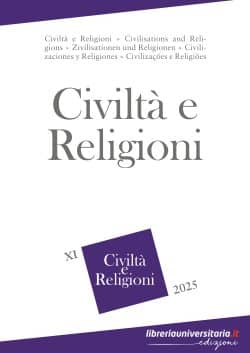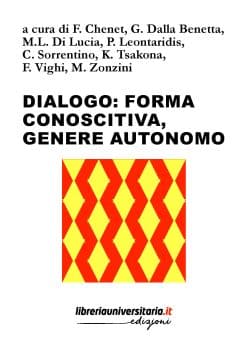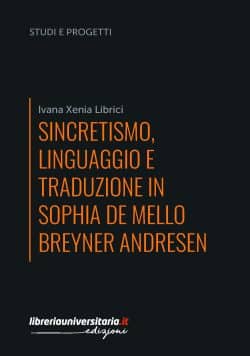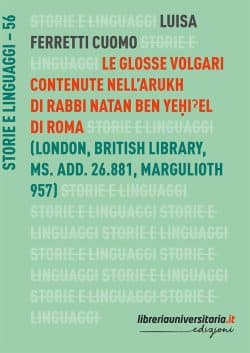Descrizione
God, or the supreme mind, the world, and man are the three beings who reign over the Hermetic cultural universe, built from the theological design of Hermes Trismegistus, the god of word, writing, and knowledge in ancient Egypt. All three are gods. The world, although being a god, is the instrument of the will of the supreme god. But the world, albeit being a great god – the reflection of an even greater god –, is after all a material god, represented through the anatomic metaphor of the human body. The world is at the same time «not good» and «not evil», because it is immortal. Man is the third of the three beings, after god and the world, and as the world is in god, man is in the world: both are god’s image.
Dios, esto es, el intelecto supremo, el mundo y finalmente el hombre son los tres seres que dominan el universo cultural hermético construido por el diseño teológico de Hermes Trismegisto, el dios de la palabra, de la escritura y del conocimiento del antiguo Egipto. Los tres seres son dioses. El mundo, si bien dios, es instrumento de la voluntad del dios supremo. Pero el mundo, aun siendo un gran dios, reflejo de un dios más grande, no deja de ser un dios material, representado a través de la metáfora anatómica del cuerpo humano, «no bueno» e igualmente «no malo» puesto que inmortal. El hombre es el tercero de los tres seres, tras dios y el mundo, y así como el mundo está en dios, el hombre está en el mundo, y ambos son imágenes de dios.
Indice:
1. A karstic phenomenon
2. The «rediscovery»
3. A monk from Byzantium: from Latin translations to the Greek «originals»
4. Hermes Trismegistus
5. Background
6. Doctrine and fragments of a cult
Bibliography
1. Un fenómeno cárstico
2. El «redescubrimiento»
3. Un monje de Bizancio: de las traducciones latinas a los «originales» griegos
4. Hermes Trismegisto
5. Base
6. Doctrina y fragmentos de culto
Bibliografía
Nota sull’Autore
Paolo Scarpi is Full Professor of History of Religions at the University of Padova. He teaches History of Religions, Religions of the Classic World, and Food Culture and Symbology. His research focuses on theories and methods related to the historical study of comparative religions, on religions of the classic world and of the ancient world in general, on the Hermetic tradition, and on the influence of religious doctrines on food choices, habits and behaviour. Former Head of the Department of Classics and of the Department of Studies on the Ancient World, he also directed the inter-departmental Centre for the multidisciplinary study of Food Culture.
Paolo Scarpi es catedrático de Historia de las religiones en la Universidad de Padua; enseña Historia de las religiones, Religiones del mundo clásico y Cultura y simbología de la alimentación. Sus investigaciones se centran en la teoría y en el método comparativo histórico-religioso, en las religiones del mundo clásico en particular y en la Antigüedad en general, en la tradición hermética y en la influencia ejercida por las doctrinas religiosas en decisiones, costumbres y comportamientos alimentarios. Ha sido director del Departamento de Ciencias de la Antigüedad y después del de Ciencias del Mundo Antiguo. Ha dirigido el Centro interdepartamental para el estudio multidisciplinar de la cultura de la alimentación.






